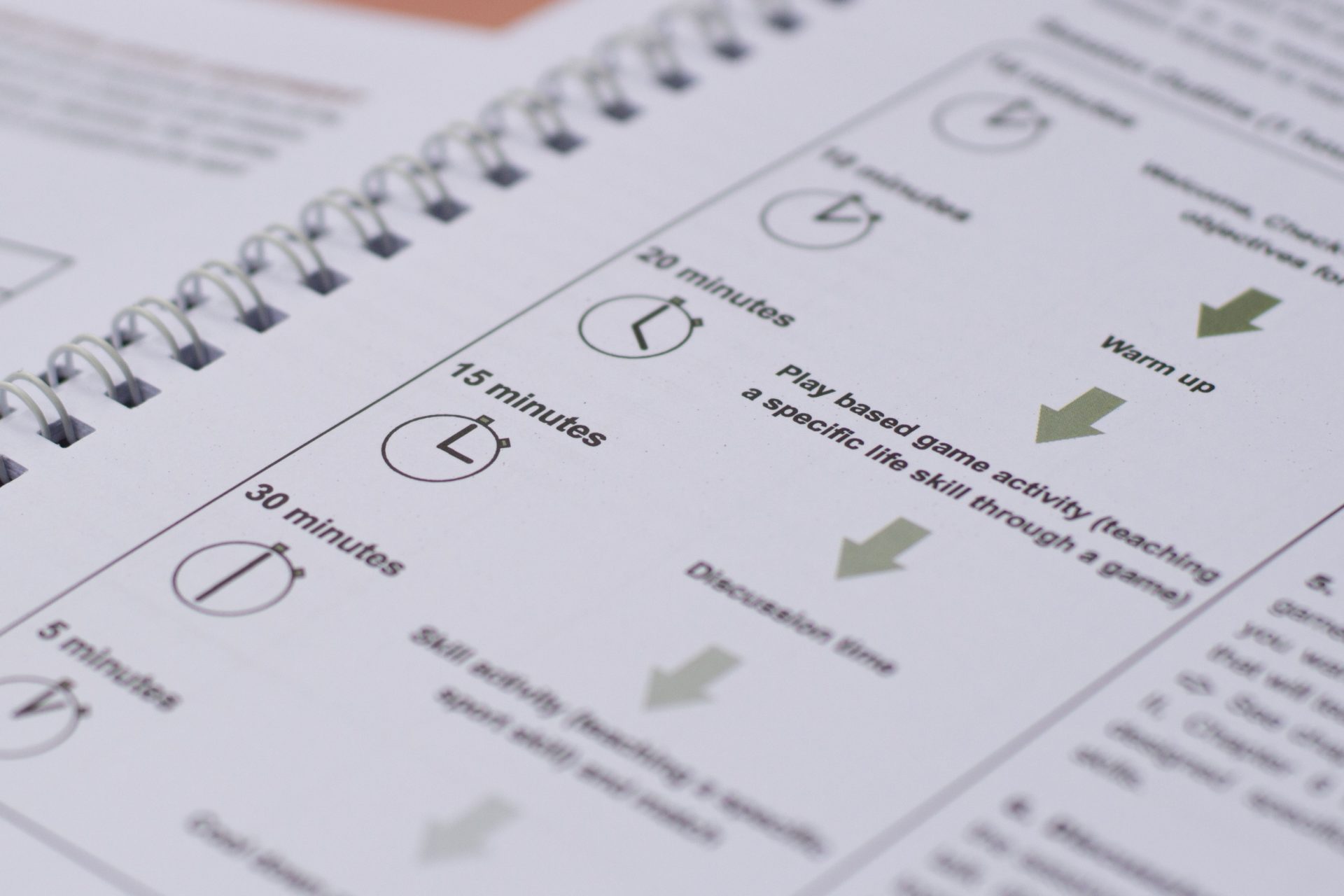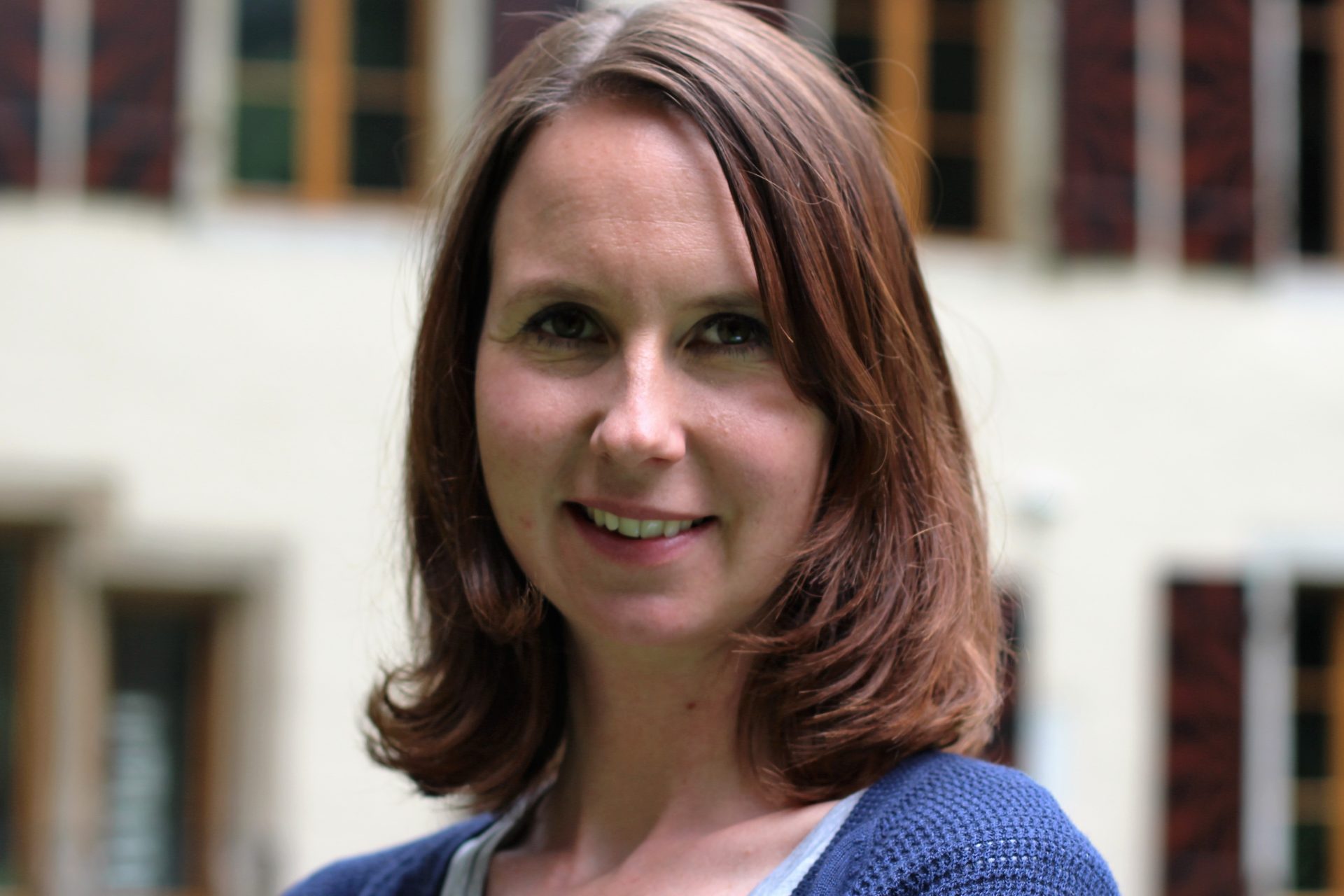The handbook “Women on the Move – Trauma-informed interventions based on Sport and Play” is a product of the sport and play-based “Women on the Move” project, which is aimed at women in South Sudan who are traumatised by civil war and violence.
Most of the recommendations and suggestions in the manual are universally applicable and relevant to everybody working on sport and play-based programmes with traumatised people.
In this interview co-author Pia Ammann outlines how the handbook came about and how it supports practitioners.
Who is the handbook aimed at?
The handbook is aimed at practitioners who are working on sport and play-based projects in crisis zones and post-conflict zones. This includes project leaders, sport coaches, social workers, teachers and psychologists. In their work, these specialists often encounter traumatised people. The toolkit is a practical guide for working with traumatised women. Most of the recommendations and suggestions are, nevertheless, universally applicable and relevant to all practitioners working on sport and play programmes with traumatised people.
The aim of the handbook is to raise practitioners’ awareness of trauma-specific symptoms and to show what concrete measures can be used to help people affected. No trauma-therapy training is required as the focus is not on processing or diagnosing trauma. It is far more on keeping victims from further trauma, from fear, helplessness and additional stress. Sport and play activities support this process and pave the way to normality for participants.
How does the handbook support practitioners?
The handbook helps practitioners to provide participants with a sense of security, to target their coping strategies and to strengthen social cohesion. The focus is on participants’ resources and strengths. The manual also explains to practitioners how to deal with symptoms of trauma, how to improve the physical well-being of traumatised people and how to support their self-efficacy.
The handbook is divided into two sections. In the first part, “Principles and Practical Guide”, there is information on trauma and its effects, along with recommendations for competently working with women in sport and play programmes. Using practical examples, methods are suggested for practitioners to support affected women in their particular situations, to recognise where the limits lie, and how to be responsible for themselves. The second part of the handbook, “Toolbox”, is a brochure for practitioners to take with them and use in the field. It includes games for getting to know each other, relaxation exercises, warm-up and cool-down activities, rules for games and targeted exercises for selected types of team sports, as well as games that teach life skills that are helpful for dealing with trauma.
How did the handbook come about?
Initially, the handbook came into existence in the context of the sport and play-based “Women on the Move” project, which is aimed at women in South Sudan who are traumatised by civil war and violence. SAD supports the affected women in dealing with day-to-day life and makes a more autonomous future possible for them. The manual was developed to provide the sport coaches with concrete recommendations and guidelines for sport and play activities. Throughout the project, the handbook was further developed and adapted together with the coaches. Therefore, a lot of feedback and examples from this project feature in the handbook.


